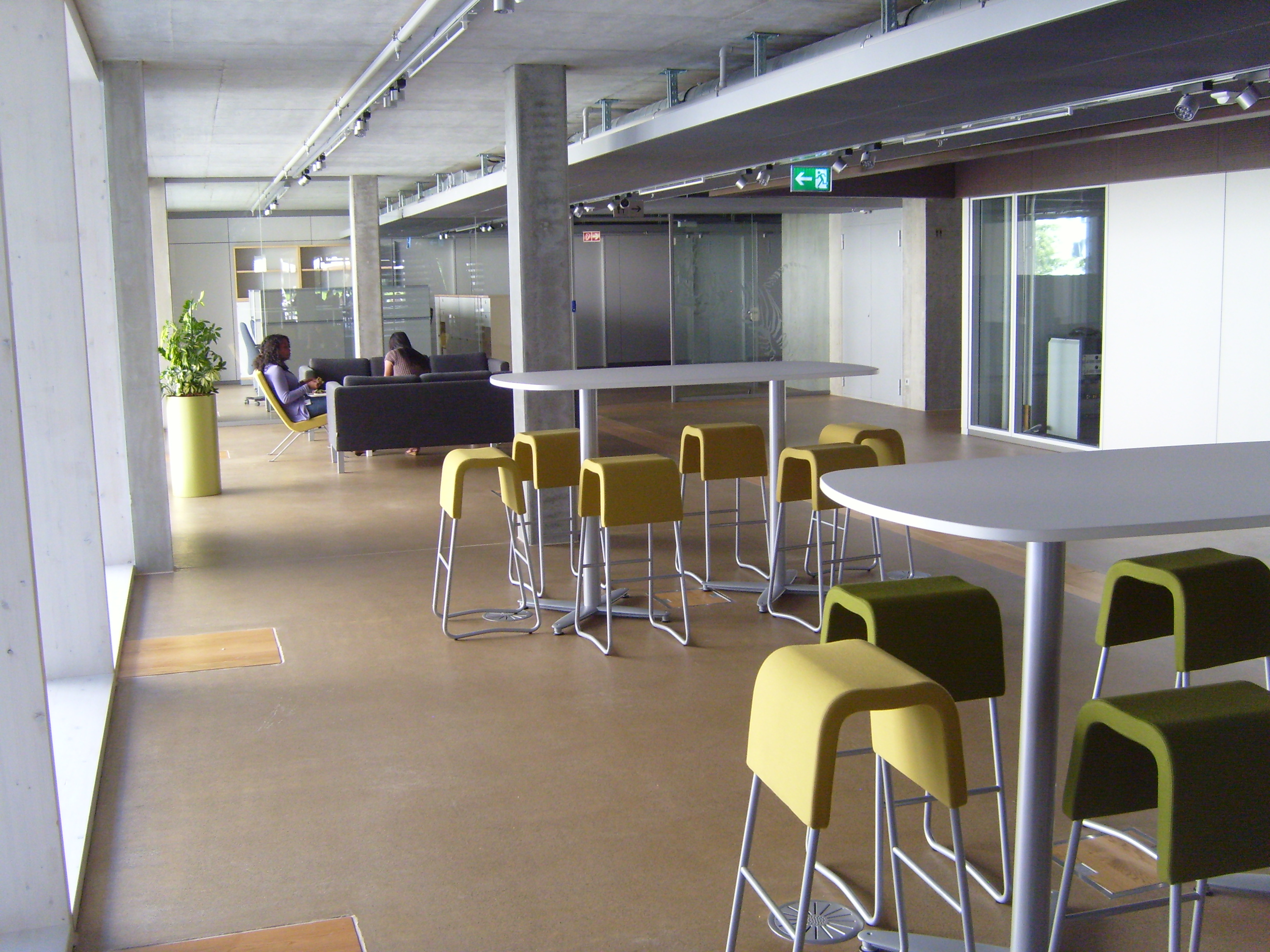My relationship with Royal Philips goes back a long way. My father worked for one of their factories, and I was therefore eligible for a study grant from the “Philips van der Willigen Studiefonds”. This facility had been established in 1916 by the founder of the original company, Gerard Philips, to help children of its employees achieve their higher education goals. The study grant supported me in my undergraduate studies at the University of Amsterdam and enabled me to obtain my PhD at the University of Bristol, UK in 1982.
I had very little to do with Philips during the first two decades of my career, until I was in charge of the IUCN’s global fundraising unit from 2004 to 2009, and we were looking for support for the construction of the IUCN Headquarters extension in Gland, Switzerland. IUCN senior management had decided to make this a sustainable building, and to use the US LEED standard as the verification. We aimed for the highest level of LEED – platinum.
One of the requirements was low-energy lighting and I contacted Philips to ask if they were willing to help us and what they could supply. After some negotiations they agree d to become one of the corporate partners in the building project, and to equip the building with the latest technology in lighting. With the help of Philips and others, IUCN reached its goal of LEED Platinum – one of the first buildings in Europe to be awarded this label.
Visionary companies need to be recognised, and I was therefore very pleased to read last week on the Clean Revolution website of the Climate Group that almost half of Philips’ total sales come from its Green Products, a fact which is helping accelerate the company towards its 2015 sustainability performance targets. According to the Clean Revolution website, the company invested EUR 569 million in Green Innovation in 2012 and is on track to reach EUR 2 billion by 2015. LED (light-emitting diodes) lighting claimed the bulk of this investment in 2012, with more than EUR 325 million invested in innovation towards accelerating the LED revolution.
LEDs are revolutionizing the energy efficiency of lighting. They are also infinitely scalable, extremely reliable, and have a much longer lifetime than almost all other types of lighting. Highly efficient LED lighting has the potential to transform cities and deliver major cost and greenhouse gas reductions for governments, businesses and consumers. These were the key messages from an event at the Rio+20 Summit last year that saw the launch of The Climate Group’s new Lighting the Clean Revolution report and a call to action to make all street lighting, on a global basis, LED-based (or as efficient) by 2020.



Maybe you saw that UNIDO is partnering with Philips to promote rural access to energy and energy efficiency for productive activities, technology transfer and access to renewable energy solutions through solar-powered LED technologies, in particular in Ghana, Kenya and South Africa.
Here is the press release:
http://www.unido.org/media-centre/press-releases/news/article/date/2013/06/03/unido-and-philips-to-collaborate-on-innovative-led-lighting-solutions-for-poverty-reduction-in-afric.html